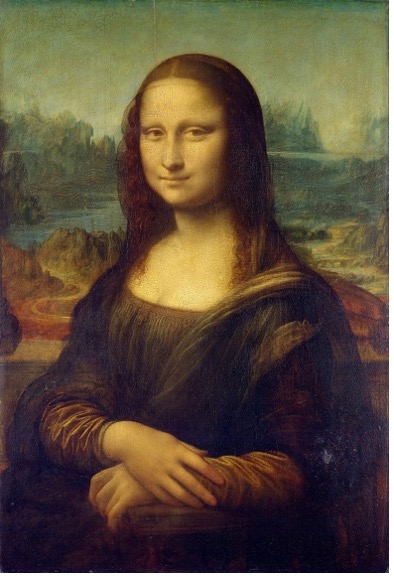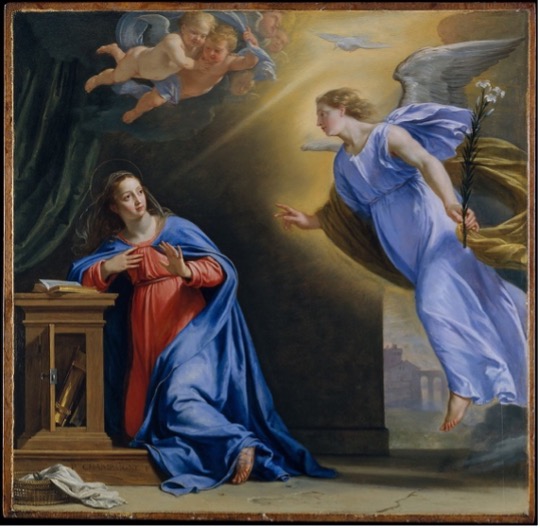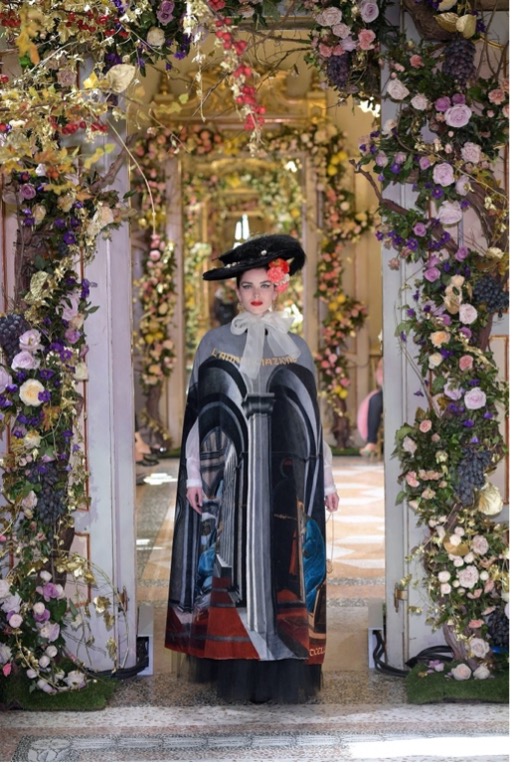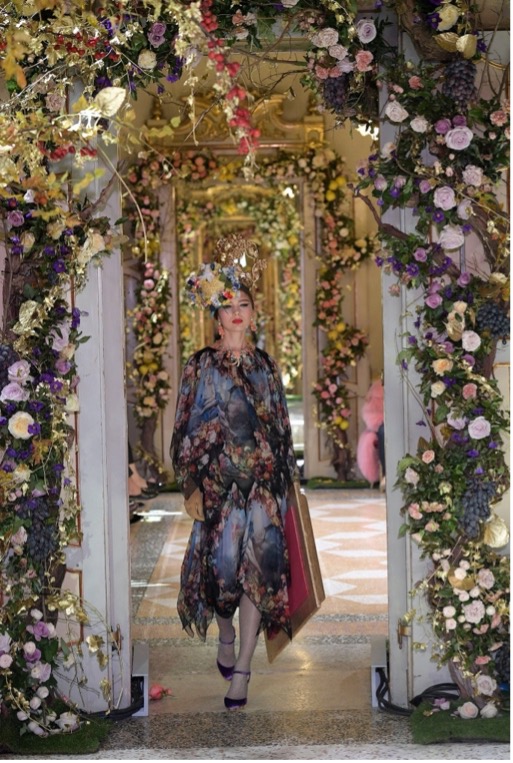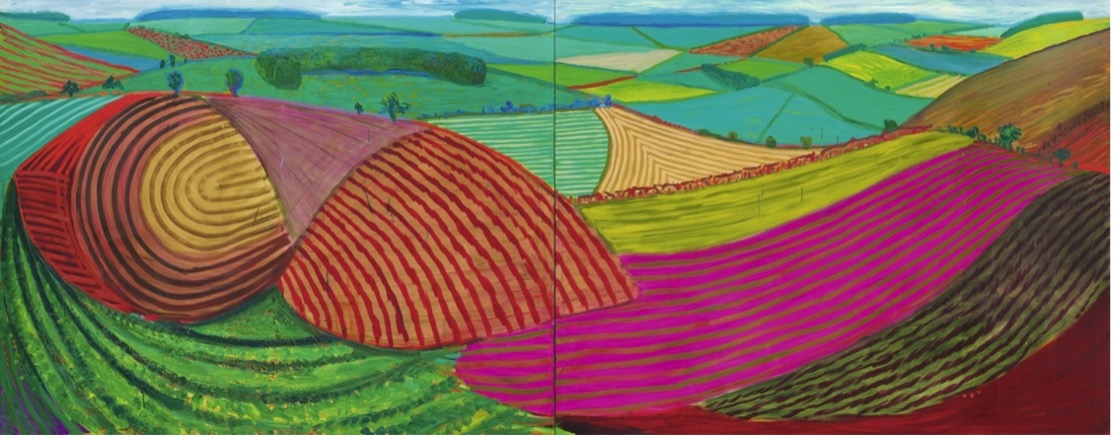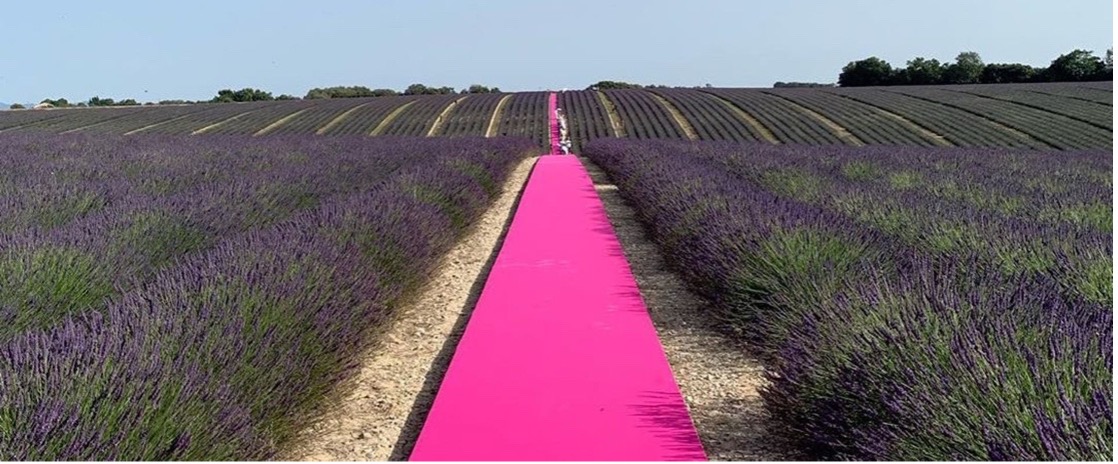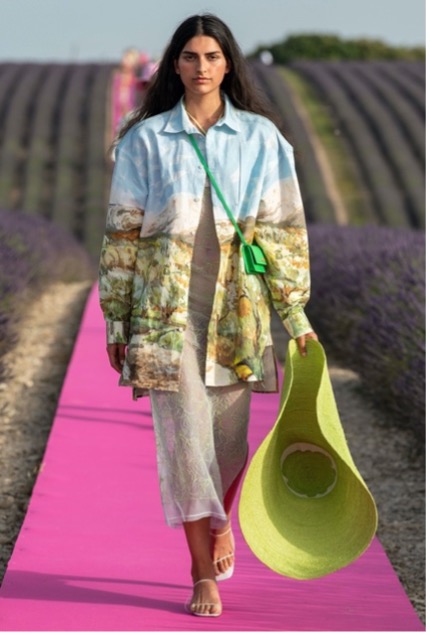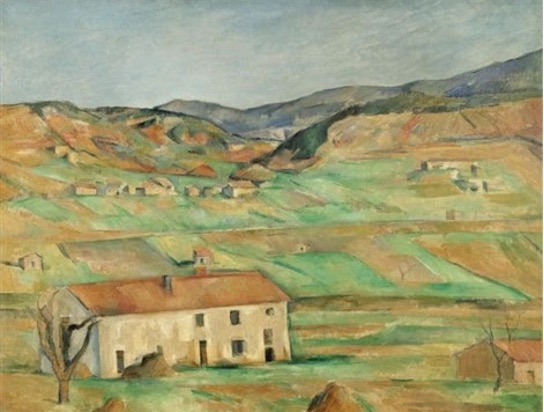The Beautiful Interplay of Fashion and Renaissance Art
At first glance, there seems to be little in common between Dolce and Gabbana and Titian’s painting of Bacchus and Ariadne. However, fashion and Renaissance art have been two concepts that have always been closely intertwined. In this article, we will explore the different ways Renaissance art has been linked to fashion such as through editorials, runway sets as well as the latest fashion designs. We will also explore possible reasons why designers are always inspired by art.
The Renaissance, which has the direct meaning of rebirth and revival, took place from the 14th century to the 17th century. All the wealth and riches of this era allowed people to explore arts and culture further. The hallmark of the Renaissance era were artists and their artworks that reinvented classical antiquity. From Raphael and his Triumph of Galatea to Da Vinci and his Mona Lisa as well as Michelangelo and the Sistine Chapel, artists had free will to express themselves through their. Renaissance art is recognisable by its muted colour palettes, realistic and refined figures, insightful composition and naturalistic portrayals. One reason why Renaissance art may be appealing is because its artistic style blends mythology and hyperrealism, conveying an air of surrealism and etherealness. It is no surprise that people of all ages are intrigued and captivated by the aesthetics of the Renaissance era.
In recent times, fashion editorials have taken inspiration from and paid homage to famous artworks. In the year 2018, Gucci released its Spring/Summer Ready-to-Wear editorial that was heavily inspired by the Renaissance style. The creative director of this campaign, Alessandro Michele, brought back timeless designs that rebelled against the fleeting and short life cycles of current trends. The idea of juxtaposing reality with fantasy Michele took on in his editorial was a refreshing take in the fashion industry. One of the editorials in the catalogue mirrored the painting ‘The Annunciation’ by Phillipe De Champaigne. The composition of the characters are both similar as well as the colours. However, Gucci has effortlessly managed to put their fashion pieces on the figures in the painting. In Renaissance artworks, stories are always the key to the artworks’ success. Fashion houses such as Gucci build on Renaissance type artworks and their stories to create multidimensional editorials rich with meaning and stories of past and present. Thus, it is clear from editorials that Renaissance art is an important inspiration in the fashion industry.
High fashion designers often take inspiration from Renaissance styles and palettes for their runway designs and sets. Inspiration from the Renaissance era results in designers’ work becoming more dimensional and creative. Their work is inspired not only by modern and current styles but by perspectives from a different era. Signature details or styles from the Renaissance include corsets, puffed sleeves as well as pleated skirts. On the runway set of Dolce and Gabbana Alta Moda Spring/Summer 2018 show we can see how the brand incorporated paintings from the Renaissance period into the runway show. The set was of a feminine, floral and fantastical style on the day of the show. The models walked through flower adorned arches that echoed the garden-scapes of Renaissance art. This set transports us into the iconic and recognizable world of the Renaissance while at the same time keeping us grounded in the modern fashion world. The arches are a key architectural feature from this era and have been brought back on this runway. Some of the designs on this runway include larger than life prints of Renaissance paintings, such as that of Botticelli’s Annunciation that is shown in the picture on the right. Additionally, the floral detail on the model’s hat ties the outfit together, by bringing a touch of vibrancy to the darker colours of the cloak. Another painting that was incorporated into Dolce and Gabbana’s designs was Titian’s Bacchus and Ariadne. This piece of art features an aerial effect that is used in most Renaissance artworks. This effect is demonstrated through the placement of cool colours in the painting’s background with warmer tones in the front. This modulation of colours creates more depth as well as contrast. Not only did the designer get inspiration from Renaissance paintings, but he followed in the footsteps of Renaissance artists by taking something from the past and making it into his own version. Renaissance inspired fashion brings back and reinvents a timeless era that is rarely outdone by modern culture.
Apart from Renaissance art, designers also enjoy incorporating styles from other types of art or past eras in their designs. One such French designer, Simon Porte Jacquemus, fashioned his Spring/Summer 2020 runway show and designs after impressionist and modern art. The show’s set had a hot pink walkway in the middle of a lavender field that was laid out for the models. Jacquemus took inspiration for his set from David Hockney’s Double East Yorkshire, a painting which features vibrant, rolling landscapes.
Additionally, one of Jacquemus’ looks had a shacket that featured pastel tones and Monet-esque brushstrokes, painting a landscape similar to that of Cézanne’s Environs De Gardanne. It is likely that designers incorporate styles from artworks to establish a familiar connection with the audience. They may also be inspired by the best parts of fashion from past eras, bringing back timeless styles and reworking them into modern silhouettes.
https://www.lofficielarabia.com/fashion/jacquemus-spring-2020
Renaissance art has inspired many editorials, fashion designs and runway sets. Renaissance art’s relationship with fashion demonstrates that the creative and artistic genius of a past era has a place in the modern world. Taking designs from the past, revolutionising them and making them new continues today. It is safe to say that the rebirth and revival of the Renaissance era and its influence has not yet ended.






